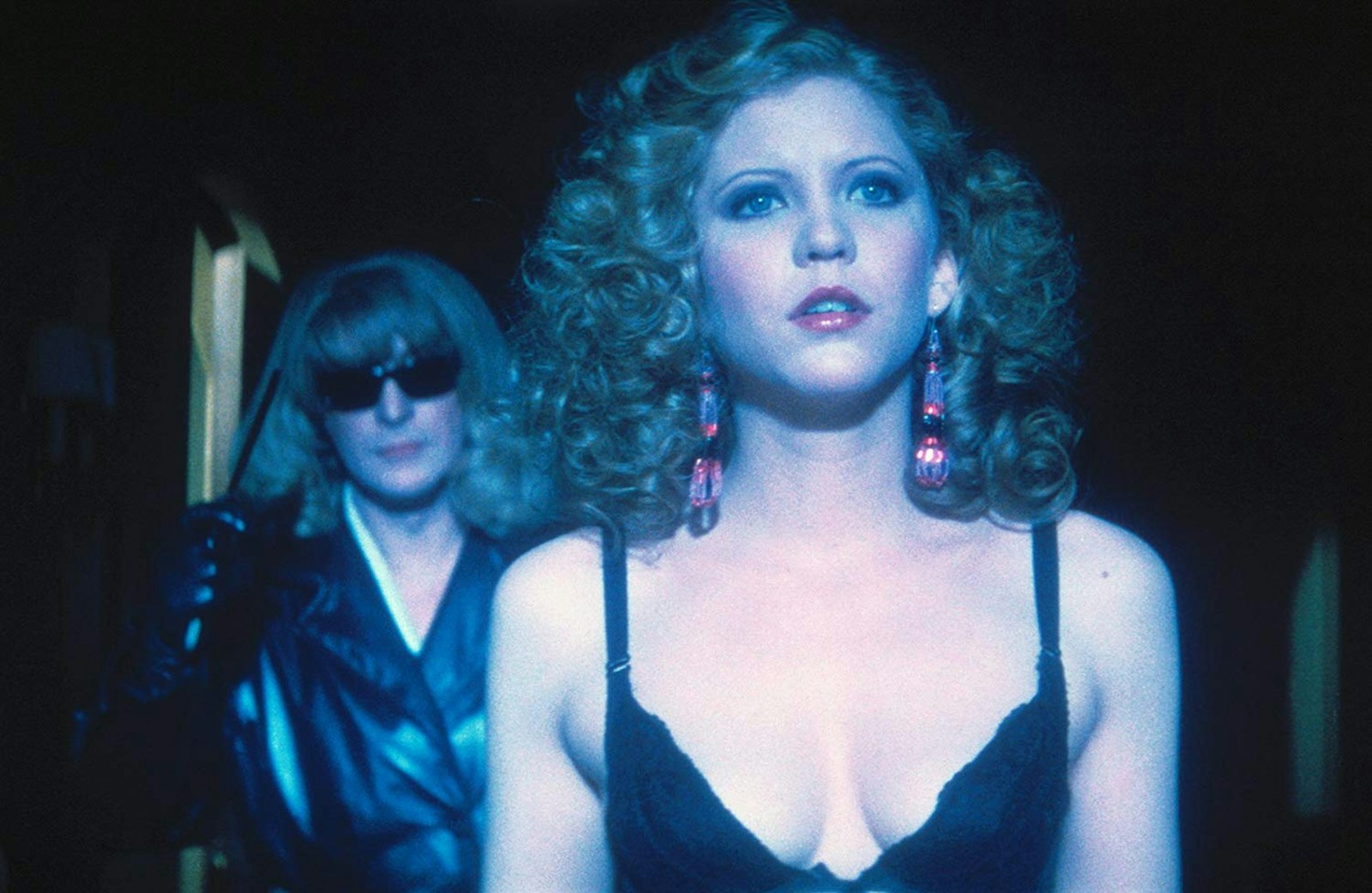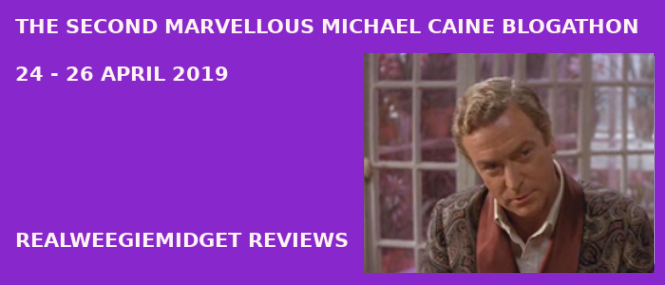Quick-hit movie reviews for the masses. Okay, so this one isn't exactly a "quick-hit" review, but it's hard to stop gushing about this masterpiece.
It's almost astonishing to realize now, but at the height of his powers in the 1970s through the 1980s, Brian De Palma was rarely recognized as the cinematic genius we now know him to be. Look at the murder's row of films he made—all in a row!—in the 1970s alone: Sisters (1972), Phantom of the Paradise (1974), Obsession (1976), Carrie (1976), The Fury (1978), and Home Movies (1979). Then he kicked off the 1980s with Dressed to Kill (1980), followed by Blow Out (1981), Scarface (1983), and Body Double (1984). Outstanding! Not a dud among them, in what has to be one of the great ten-film runs by any director in history.
With Dressed to Kill, De Palma proved how wrong critics' recycled, snarky "Hitchcock" ripoff remarks were—he was an auteur of the highest order, a descendant of Hitchcock, sure, but an equal when it came to cinematic suspense. Dressed to Kill's tour-de-force opening, following suburban wife and mother Kate (as played by a stunning, vulnerable Angie Dickinson) through her assorted erotic fantasies and lurid urban escapades, is one of the crowning achievements of De Palm's extraordinary career.
Kate doesn't survive past the halfway point and, with her mystery killer on the loose, we now follow the other players as they attempt to locate the slasher: cerebral nerd Keith Gordon as Kate's son Peter; Michael Caine as her stuffy and sometimes stiff (in more ways than one) psychiatrist Dr. Elliot, Nancy Allen as tough-talking call girl Liz Blake; and Dennis Farina as crusty and cunning police Detective Marino. Watching De Palma pit the characters off one another, in one magnificently staged scene after another, is a treat.
A prime example comes late in the film, when Allen—who turns in an incredible performance—attempts to seduce Caine, for reasons related to her and Peter's hunt for the killer. Liz doesn't hold back, speaking with blush-inducing bluntness about how much the good doctor clearly wants her, whether he claims to be married or not: "Well, because of the size of that cock in your pants, I don't think you're so married." It's an astonishingly frank scene, with Allen providing the jaw-dropping sizzle, while Caine underplays the doctor's reactions beautifully. Their exchange is riveting, given greater intensity by our growing suspicion that the good doctor is, indeed, not so good.
Liz Blake:
Do you want to f*** me?
Doctor Robert Elliott:
Oh, yes.
Liz Blake:
Then why don't you?
Doctor Robert Elliott:
Because I'm a doctor and...
Liz Blake:
F***ed a lot of doctors.
Doctor Robert Elliott:
...and I'm married.
Liz Blake:
F***ed a lot of them, too.
Caine reacts with a measured calmness to everything Allen throws at him—from blatant come-ons to revealing that she's not wearing much under that overcoat. It's another cat and mouse game, in a film full of them, and once again the actors more than live up to De Palma's delicious dialogue and auteur-level direction. Caine hints at the doctor's dangerously simmering inner turmoil, while attempting mightily to control and restrain his sexual aggression towards Allen.
In an interview on the Criterion Collection Blu-ray, Allen (who was married to De Palma during filming) discusses how understandably exposed she felt delivering such racy dialogue while half-naked—"dressed to kill," if you will. Caine, sensitive to Allen's concerns, offered to be present in the scene for her, even when he wasn't going to be on camera, to allow her to act off his reactions at all times. This helped her to do the scene, despite her fears and anxieties. Caine is also sensational on screen. In a role that calls for great subtlety, he more than delivers.
Everyone involved delivers, in fact, from De Palma to cinematographer Ralph D. Bode to the entire cast and crew. It's nearly impossible to decide which of the director's masterpieces is his best, but certainly a strong case can be made for Dressed to Kill.
*****
This post is part of the Michael Caine Blogathon, hosted by Gill at Realweegiemidget Reviews, and I'm excited to be participating in anything that honors and celebrates this legendary actor.






Hope this means I can count you in for Year 3 with another review on Caine. Great to hear your thoughts on this one and good to see it included this year. Thanks for joining the blogathon with this fab post. From Gill at Realweegiemidget Reviews.
ReplyDeleteThanks, Gill, and yes indeedy feel free to count me in for next year, too.
DeleteIt's a real treat to watch seasoned actors who can employ subtle nuances and resist the urge to chew the scenery. Caine is one of those actors. Thanks for sharing your thoughts on this film! :)
ReplyDeleteThanks for stopping by to comment!
DeleteI loved how you point out that time changed the view on DePalma's work. On a different note, when the the first time you see this movie you are 14 sneak-watching it on HBO at 1 a.m., you appreciate this on a different level than when you see it again in your 30's :)
ReplyDeleteCouldn't agree with you more on that point. So, so true.
Delete